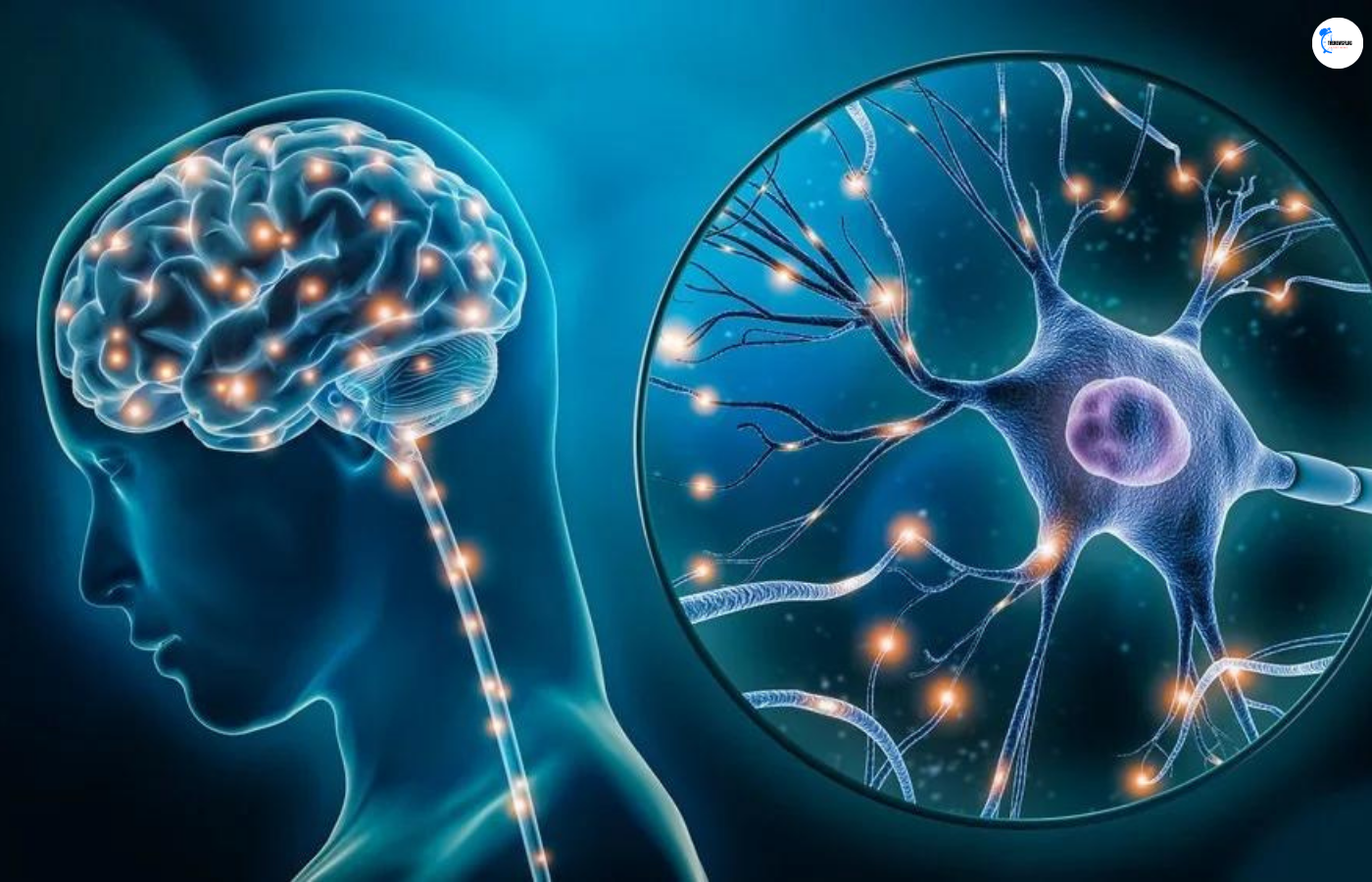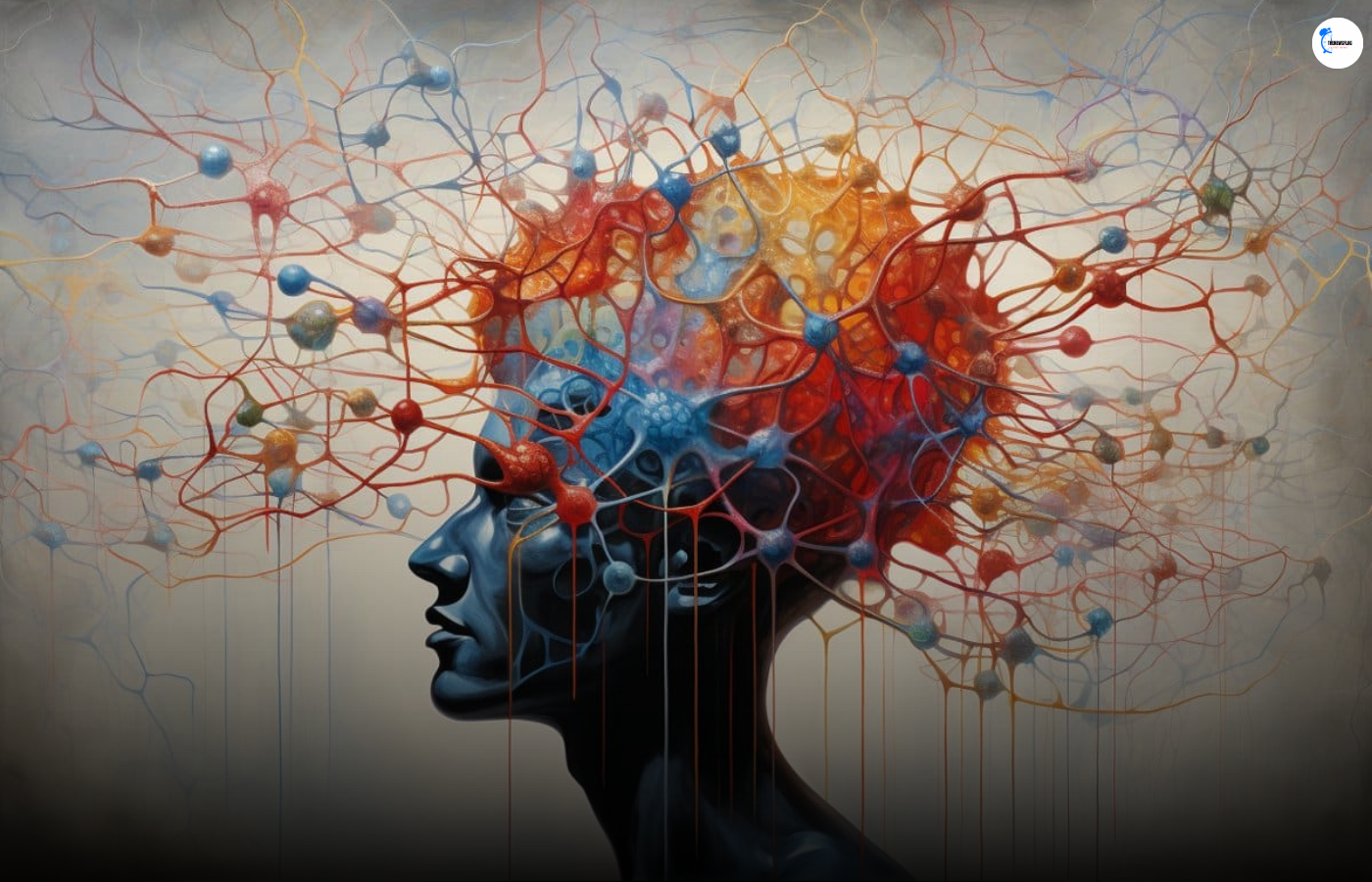For the first time, changes in our visual perception have been linked by neuroscientists to changes in the rhythm of our walking steps. As we walk, our brains capture rhythmic images of the environment: The Neuroscience
The study, which was published in Nature Communications, demonstrates how the brain cycles through different levels of sensitivity in response to visual stimuli, matching our gait patterns. Human perception is good and reactions are quick when one is swinging from one step to the next.
However, as we are walking, our reflexes slow down and our vision becomes less clear.
- Do you struggle with social anxiety? Researchers discover that the illness is inside your gut?
- CDC Chicago Reports 4 more Measles Cases: Case of Measles Confirmed
A hitherto undiscovered connection between perception and movement is revealed by this work. It fills up a void between our instinctive, daily behavior and experimental psychology.”
Lead Author Dr. Matthew Davidson of the University of Sydney’s School of Psychology
The research also supports our theory that the visual brain perceives the world in a strobe-like manner, with regular samples of the outside world pieced together to form our seamless experience.
But the recent discovery, which indicates changes in our visual perception, has significant ramifications for our comprehension of human behavior, interactions with our surroundings, and decision-making.
Dr. Matthew Davidson Research
Dr. Matthew Davidson worked at the University of Sydney’s School of Psychology alongside Professors David Alais and Frans Verstraten.
“We are consciously aware of a seamless stream of vision, but this is misleading,” Dr. Davidson stated. I describe it like this: a duck swimming in a pond. There is a lot of cycling activity going on behind the surface’s smooth motion.
This study builds on previous research from the same group that demonstrated our brains take about eight samples per second to perceive sound and image, which is cyclic.
Professor Alais Views
Professor Alais stated: “This study’s important discovery is that walking causes the oscillations in the brain’s world-sampling to slow down to correspond with the step cycle.
When walking, humans often maintain a steady gait and take two steps per second. The observed variations in visual sensitivity are tied to the step cycle and also happen at a rate of roughly two cycles per second. These rhythmic oscillations, which in certain participants happen at four cycles per second, were likewise locked to the step cycle.”
For the first time, visual perception during walking has been continuously and carefully sampled. It would not be feasible without motion tracking and virtual reality goggles.

Dr. Davidson Statement
Dr. Davidson stated: “Thanks to VR technology we have discovered that our vision moves through a good and a bad phase on every step.”
Why walking is so tightly associated with the perceptual processes of our brain is unknown.
Professor Alais stated: “Motor control takes precedence over vision when your foot is grounded and your next step is being planned. The brain returns to prioritizing perceptual sampling of the environment while you are in the swing period between footfalls, generating a continual perceptual rhythm that is in sync with your step pace.”
The results raise issues that the research team plans to investigate further. Does walking affect how we perceive sound and touch, for instance? What about the activity of the brain?
You can do this for your car thanks to this boiling water tip.
To fully comprehend the ramifications, the study team intends to investigate these queries further.
Dr. Davidson stated: “Given our aging bodies’ challenges with balance and coordination, it is natural to wonder if these oscillations in perception are more noticeable in older people.
“It also raises the exciting possibility that we could develop cheap and easy diagnostic tests using VR headsets, or use this information to develop tests for early onset of neuro-muscular disorders or some psychiatric illnesses, which can manifest in abnormal gaits.”
According to him, it might also be used in future sports science studies to determine whether the results could be used to improve players’ decision-making and reaction times.
Professor Verstraten stated: “Neuroscientists have been able to shed light on how the gaps get filled in; this was once a question for philosophers.” According to the present theory, the brain functions as a predictive computer that actively shapes vision, fills in the blanks, and predicts what should be there. However, it’s obvious that more study is required to expand our comprehension.”
Methods to be Involved
In a virtual setting, 45 participants were observed by researchers going back and forth along a 10-meter walkway. The walk lasted around nine seconds, during which time the subjects had to react to zero to eight randomly selected visual stimuli. Stationary trials likewise had the same stimuli. Walking and gait data were recorded, in addition to tracking head and eye movements.
For seven of the 45 subjects, not enough information was gathered. Eighty-three percent of the time, diminished perception of footfall was noted in the datasets for 38 participants.





